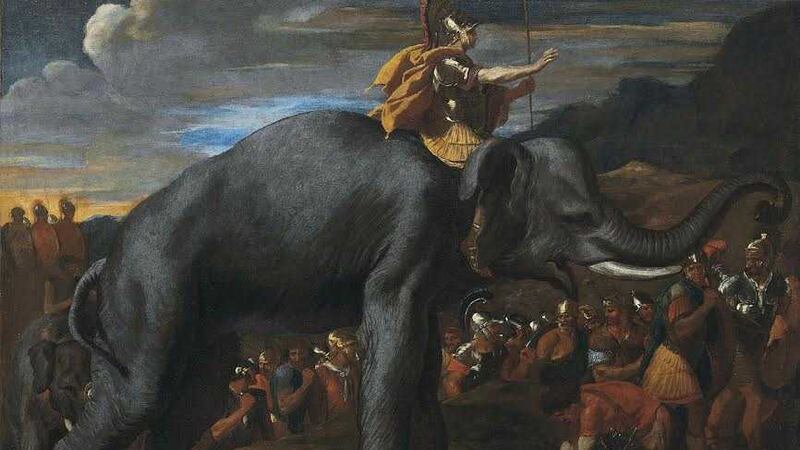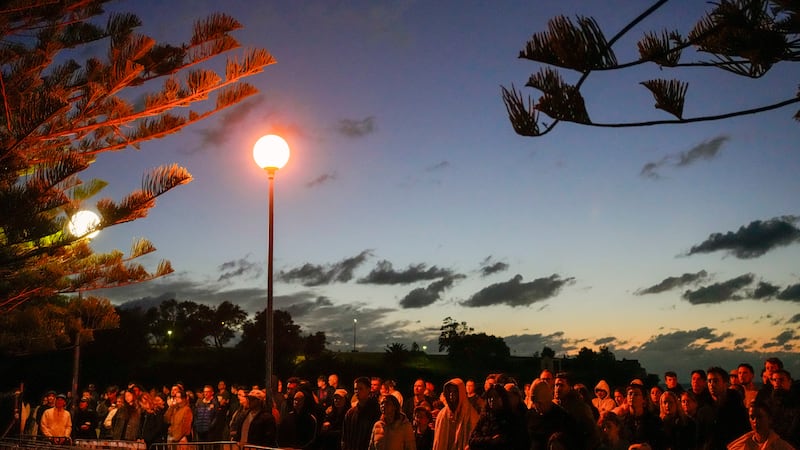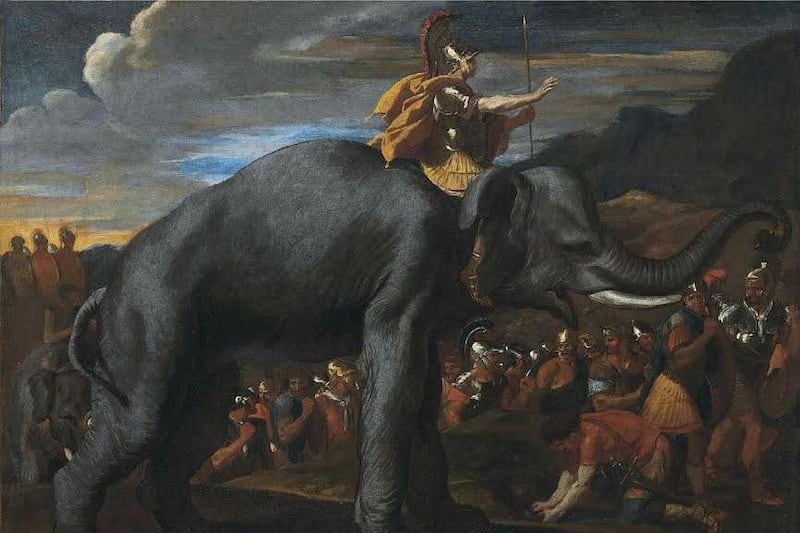MICROBIOLOGISTS at Queen’s University may have found an answer to a question which has plagued historians and academics for more than 2000 years - Where did Hannibal cross the Alps?
Hannibal was one of the Roman Republic’s most formidable enemies as Commander-in-Chief of the Carthaginian army during the Second Punic War (218-201 BC).
Hannibal led his army, including 30,000 men, over 15,000 horses and around 40 elephants, from Carthage (an ancient city-state in north Africa), across the Alps to attack the Romans.
Queen’s academics, based at the university’s Institute for Global Food Security and School of Biological Sciences, believe that they have identified the route Hannibal’s army took over the Alps by identifying signs of a ‘mass animal deposition,’ such as the presence of microbes found in horse manure.
Using a combination of microbial metagenome analysis, environmental chemistry, geomorphic and pedological investigation, pollen analyses and various other geophysical techniques, the researchers have shown that the ‘mass animal deposition’ event can be dated to approximately 218 BC.
Dr Chris Allen from Queen’s said that “the deposition lies within a churned-up mass from a 1-metre thick alluvial mire, produced by the constant movement of thousands of animals and humans.”
“Over 70 per cent of the microbes in horse manure are from a group known as the Clostridia, that are very stable in soil - surviving for thousands of years. We found scientifically significant evidence of these same bugs in a genetic microbial signature precisely dating to the time of the Punic invasion.”
The research published by Dr Allen and his international team of colleagues, led by Professor Bill Mahaney (York University, Toronto) in the Journal Archaeometry, suggests that Hannibal’s forces crossed the Alps via the Col de Traversette pass.
This crossing point was first proposed over a half century ago by the biologist and polymath Sir Gavin de Beer, but has not previously been widely accepted by the academic community.




